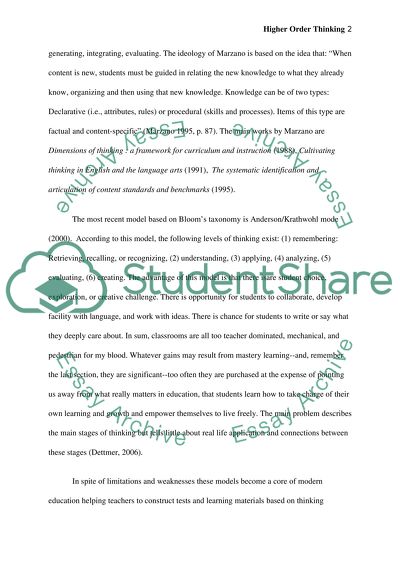Cite this document
(“Higher Order Thinking Essay Example | Topics and Well Written Essays - 1250 words”, n.d.)
Higher Order Thinking Essay Example | Topics and Well Written Essays - 1250 words. Retrieved from https://studentshare.org/education/1505334-higher-order-thinking
Higher Order Thinking Essay Example | Topics and Well Written Essays - 1250 words. Retrieved from https://studentshare.org/education/1505334-higher-order-thinking
(Higher Order Thinking Essay Example | Topics and Well Written Essays - 1250 Words)
Higher Order Thinking Essay Example | Topics and Well Written Essays - 1250 Words. https://studentshare.org/education/1505334-higher-order-thinking.
Higher Order Thinking Essay Example | Topics and Well Written Essays - 1250 Words. https://studentshare.org/education/1505334-higher-order-thinking.
“Higher Order Thinking Essay Example | Topics and Well Written Essays - 1250 Words”, n.d. https://studentshare.org/education/1505334-higher-order-thinking.


